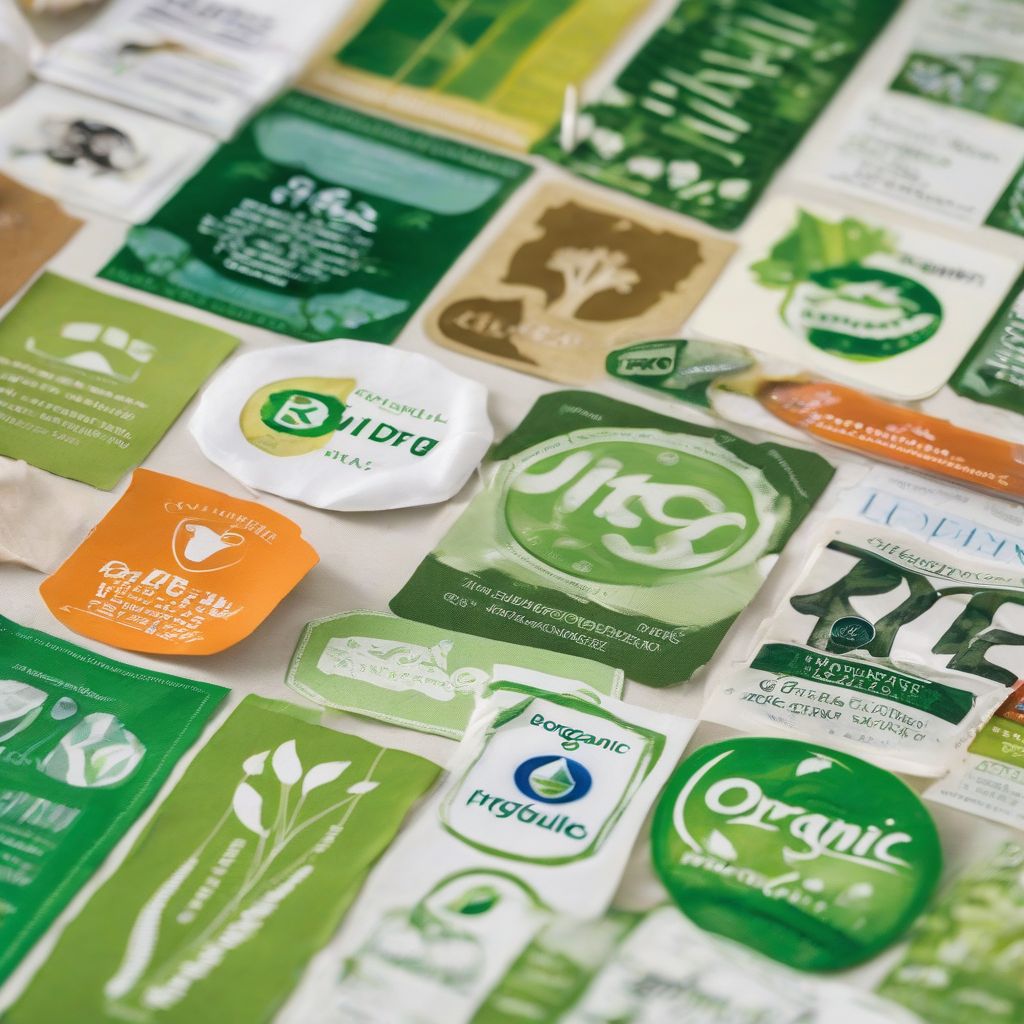We’ve all been there: standing in the aisle, overwhelmed by products claiming to be “green,” “eco-friendly,” and “sustainable.” But how do you know which ones are truly better for the planet and which ones are just good marketing? As a nutritionist and meal prepping coach who emphasizes wholesome choices, I understand the importance of informed decision-making. Choosing eco-friendly products is no different! It takes careful consideration to make sure you’re making a positive impact.
Don’t worry, you don’t need to be a scientist to make sense of it all. Let’s break down how to find eco-friendly products that live up to their promises and fit into your lifestyle.
Understanding Eco-Friendly Jargon
First things first, let’s decode common eco-friendly terms you’ll encounter:
- Biodegradable: This means a product can break down naturally in the environment, ideally without leaving harmful residues.
- Compostable: Similar to biodegradable, but specifically refers to breaking down into beneficial organic matter, often within a specific timeframe and composting system.
- Recyclable: The product can be processed and turned into new materials. However, pay attention to the recycling symbols and local guidelines, as not all plastics are recyclable everywhere.
- Reusable: Designed for multiple uses, reducing the need for single-use alternatives.
- Sustainable: This is a broader term implying that the production process, use, and disposal of the product have minimal negative impact on the environment and social well-being.
 Eco-friendly Product Labels
Eco-friendly Product Labels
7 Tips for Finding Eco-Friendly Products That Work
Now that you know the language, let’s get practical. Here’s your step-by-step guide to navigating the world of eco-friendly products:
1. Read Beyond the Headlines
Companies are catching on to the demand for eco-friendly products, which unfortunately means greenwashing is rampant. This means brands might use misleading language or imagery to appear environmentally conscious without actually backing it up.
What to do instead:
- Look for third-party certifications: Seek out reputable certifications from organizations like Fair Trade, Rainforest Alliance, GOTS (Global Organic Textile Standard), or Energy Star. These certifications have rigorous standards and can help you identify genuinely eco-friendly options.
- Check the company’s website: Dig deeper into the “About Us” section or look for sustainability reports. How transparent are they about their practices?
2. Start with Simple Swaps
Making your entire life eco-friendly overnight can feel overwhelming. Instead, focus on gradual changes:
- Choose reusable alternatives: Swap single-use plastic water bottles for a reusable one, bring your own shopping bags to the grocery store, and opt for reusable food wraps instead of plastic cling wrap.
- Switch to natural cleaning products: Many conventional cleaning products contain harsh chemicals. Look for plant-based, biodegradable options or try making your own cleaners with simple ingredients like vinegar and baking soda.
3. Prioritize Durability and Quality
Eco-friendly products should be effective AND long-lasting. Buying something labeled as “eco-friendly” that breaks quickly can actually end up generating more waste in the long run.
What to look for:
- Durable materials: Opt for products made from sturdy, long-lasting materials like bamboo, glass, stainless steel, or recycled plastic.
- Simple, timeless designs: Trends come and go, but a well-made product with a classic design will stand the test of time (and prevent unnecessary purchases).
4. Consider the Entire Lifecycle
Think beyond the initial use of a product:
- Disposal: How will you dispose of the product when you’re finished with it? Can it be recycled or composted in your area?
- Transportation: Consider the distance a product travels to reach you. Look for locally sourced options whenever possible to reduce your carbon footprint.
5. Don’t Be Afraid to Ask Questions
If you’re unsure about a product’s environmental impact, reach out to the company directly. Most brands are happy to provide more information about their sourcing, manufacturing processes, and commitment to sustainability.
6. Research Reviews and Comparisons
Before making a purchase, see what other consumers are saying. Online reviews can provide valuable insights into a product’s effectiveness, durability, and overall eco-friendliness.
7. Be Patient and Kind to Yourself
Transitioning to a more eco-conscious lifestyle is a journey. Don’t be discouraged if you can’t switch everything at once or if you make mistakes along the way. Every small step counts.
Making Informed Choices for You and the Planet
Finding truly eco-friendly products that actually work requires a little effort, but it’s worth it. By following these tips, you can make more sustainable choices that benefit both your health and the health of our planet. Remember, it’s about progress, not perfection.
What are your favorite eco-friendly swaps? Share your tips in the comments below!
[amazon bestseller=”eco-friendly products”]
